- Home
- slideshows
- miscellaneous
- How Moe Berg went from playing for 5 MLB teams to being a US spy in WWII who thwarted Nazi efforts to build a nuclear bomb
How Moe Berg went from playing for 5 MLB teams to being a US spy in WWII who thwarted Nazi efforts to build a nuclear bomb
He was the son of immigrants.

He spent off-seasons studying law at Columbia University and traveling the world.
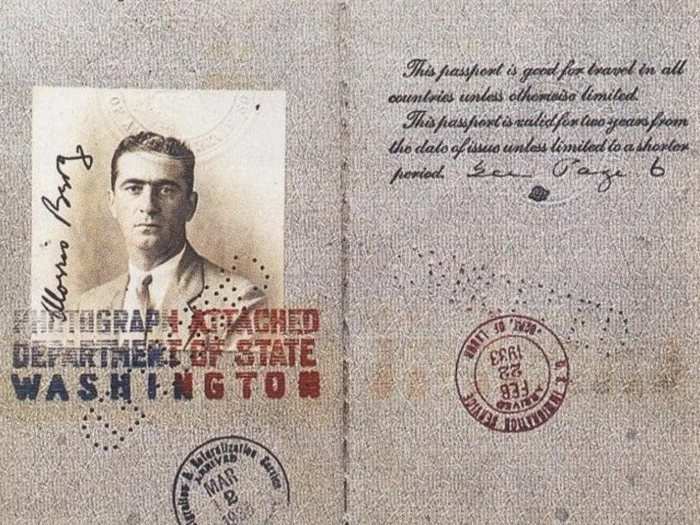
After Berg graduated college, the Brooklyn Robins (now the Los Angeles Dodgers) and the New York Giants were interested in recruiting him, in part because they thought he'd help draw the city's relatively large Jewish population.
He joined the Robins and played in the minor leagues. His technical skills and lack of offensive power inspired the phrase "good field, no hit." He went on to play for the Chicago White Sox.
At the time, major leaguers worked in the spring and summer and were off the rest of the year. Berg used his baseball earnings to travel. He studied Sanskrit at the Sorbonne in Paris and wrote of how much he enjoyed French "wine, women, and song."
Largely to appease his father, Berg also enrolled at Columbia Law School and arrived late to spring training while finishing his first year. The following year, the White Sox owner denied Berg's request to arrive late again, so Berg arranged to leave school early and make up his courses. He'd go on to pass the bar and join the firm Satterlee and Canfield.
But baseball was his priority and ultimately how he made his living throughout the 1930s. He said he would rather be a baseball player than a Supreme Court justice.
He became a catcher by accident.
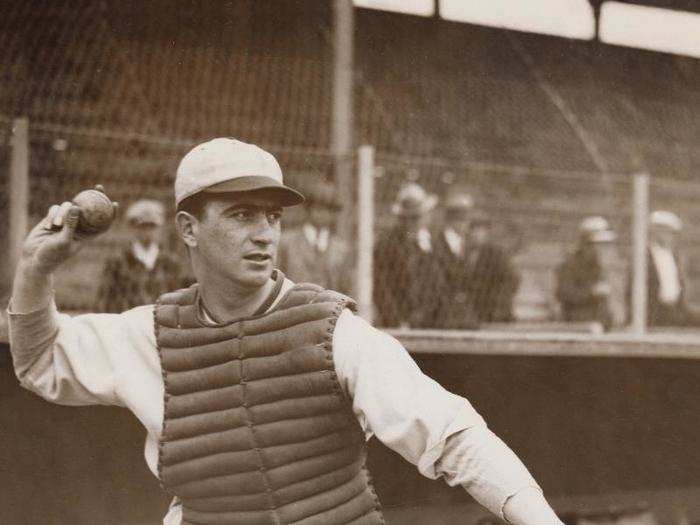
In 1927, White Sox catcher turned manager Ray Schalk, in a pinch during a game, called out to the bench asking if anyone could catch. Berg tried to volunteer the player next to him. But Schalk thought Berg, a shortstop, was volunteering and put him in without being corrected.
"If it doesn't turn out well, please send the body to Newark," Berg reportedly told his teammates. He took to catching. He and his second baseman communicated about the opposing team's base runners in Latin.
If the runner trying to steal understood Latin, Berg said they'd switch to Sanskrit.
He made two trips to Japan "for baseball" in the 1930s, capturing panoramic footage of Tokyo that is believed to have been used to plan the 1942 Doolittle Raid, the US's first bombing raid on Japan in World War II.

With Japan already at war with China, the Japanese government was becoming increasingly militarized. (Japan and China clashed from 1931 to 1932 and again between 1937 and 1945.) Meanwhile, Japanese citizens were growing interested in America's favorite pastime.
In 1932, Berg was among a group of major leaguers sent to Tokyo to coach Japanese college players in hitting, base-stealing, and other skills. When the tour ended and Ted Lyons and Lefty O'Doul returned home, Berg stayed, traveling around Asia by himself.
He ended his trip in Berlin, and he saw firsthand the beginning of Adolph Hitler's rise to power in Germany, along with then-Italian Prime Minister Benito Mussolini's fascist influence on the Nazi movement.
Back in the US, Berg played on the Washington Senators, frequenting embassy parties in DC, before being dropped and picked up by the Cleveland Indians.
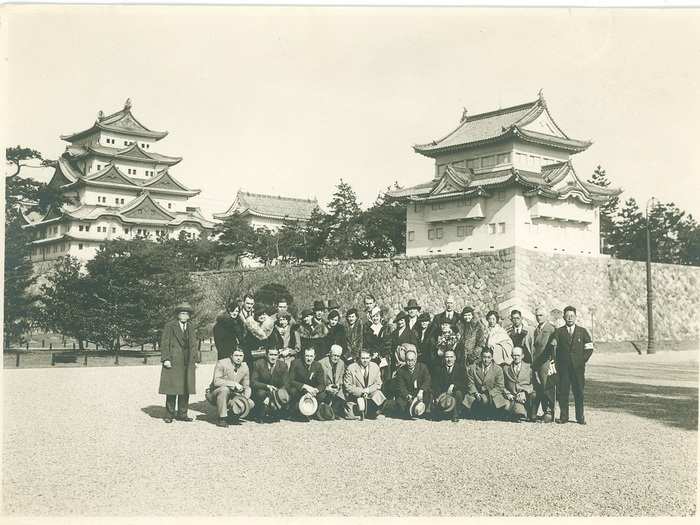
In 1934, the Soviet Union briefly invaded China, and with tensions rising in the Pacific, the US sent an all-star roster of American League players on a tour of Japan to compete against Japanese teams in a friendly 18-game series.
The players would also serve as goodwill ambassadors, as the All-American Japan Tour was an attempt to bolster Japanese-American relations through a shared interest in baseball.
While Berg had set a league record for catching 117 games straight without an error, he didn't have the same hall-of-famer status as other recruits, like Babe Ruth, Lou Gehrig, Earl Averil, and Lefty Gomez. But he had been to Japan before, and when catcher Rick Ferrell dropped off the All-Americans roster just before the tour, Berg readily accepted the invitation.
He studied Japanese on the deck of the ship during the three-week journey across the Pacific. Upon arriving, Babe Ruth heard Berg greet a fan in Japanese. Ruth said he thought Berg claimed not to know Japanese. Berg said that he hadn't a few weeks before.
"Shhh."
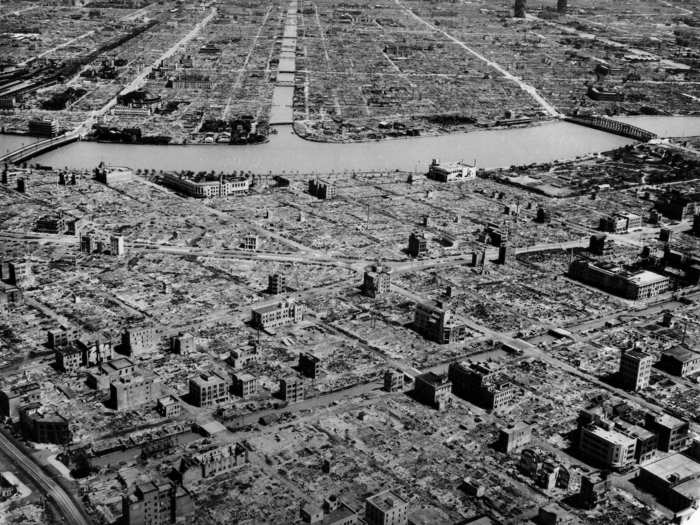
Berg traveled with a 16 mm Bell and Howell movie camera, seemingly undeterred by leaflets distributed by police warning people not to make maps or capture images, which the Japanese feared could be used against them in war.
He also carried an official letter of introduction from US Secretary of State Cordell Hull.
On one occasion, Berg peeled off from his teammates and went to the roof of a Tokyo hospital, then the city's tallest building. He wore a Japanese kimono and slippers, and he had flowers and an alibi that he was visiting an ambassador's daughter who'd just had a baby.
But he threw out the flowers and ended up on the roof, where he shot a panorama of the Tokyo skyline, including the harbor and industrial centers. The US would later use the shots as reconnaissance footage to inform wartime military strategy and plan bombing raids.
How Berg delivered the footage to the US government remains murky. He was known for answering questions about his government work by putting his finger to his lips and saying, "shhh."
When pressed on how he'd left the hospital with the movie camera, he supposedly responded, "What made you think I had anything in my kimono other than my big pecs and biceps?"
After the All-Americans swept the series and Berg's teammates left Japan, Berg stayed for another month. Back in the US, he played for and then helped coach the Boston Red Sox.
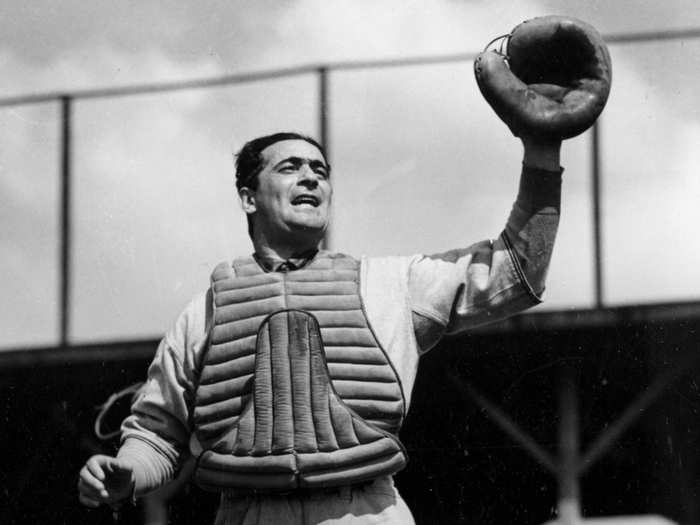
During World War II, he retired his Red Sox uniform to work for the government.
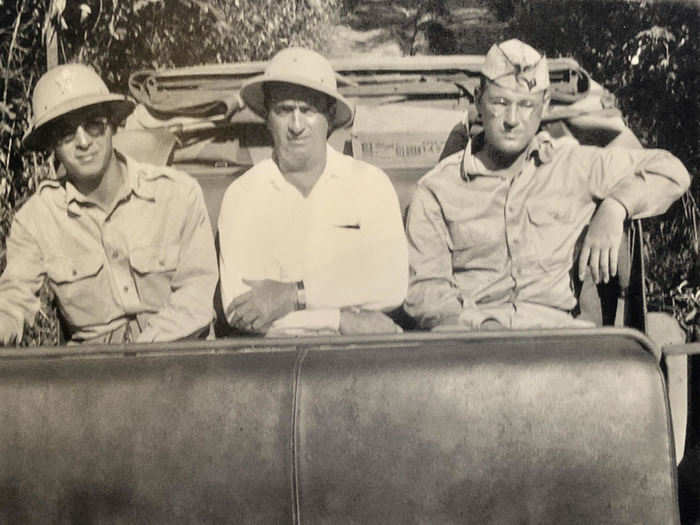
Japan's attack on Pearl Harbor on December 7, 1941, killed more than 2,300 Americans and catapulted the US into World War II. Millions of Americans joined up. Before Berg's father died in January 1942, he asked his sons, "Why aren't you contributing to this war?"
Berg left the Red Sox to work for the Office of Inter-American Affairs, a government agency President Franklin Roosevelt founded to counter Axis propaganda in Latin America.
In February 1942, Berg made a radio broadcast addressing the people of Japan, in Japanese, asking for peace; he identified himself as "a friend of the Japanese people" and urged listeners to avoid "a war you cannot win."
That summer, his work took him to Central and South America, ostensibly as an goodwill ambassador distributing baseball gear. He fed reports on the political situation to his boss, Inter-American Affairs Coordinator Nelson Rockefeller.
The OSS tapped him as a nuclear spy who carried out acts of espionage and sabotage to thwart Hitler's nuclear program.
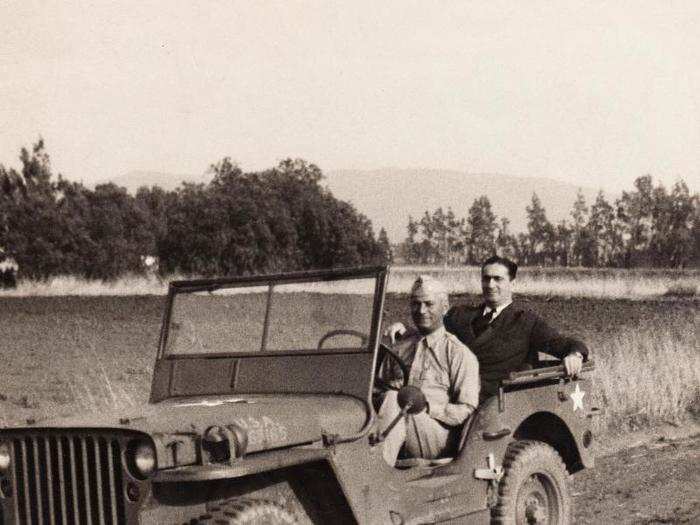
In the wake of Pearl Harbor, Roosevelt recognized the importance of strong foreign intelligence to the Allied war effort. In 1942, he signed an executive order forming the OSS, a clandestine espionage and sabotage agency directed by Gen. William "Wild Bill" Donovan.
Donovan, a Republican, was Roosevelt's Columbia Law classmate and a World War I general turned Wall Street lawyer. As the founding father of America's CIA forerunner, Donovan recruited a diverse cast of military and civilian personnel whom he fondly regarded as his "Glorious Amateurs."
At its peak in 1944, the OSS employed some 13,000 men and women, with personnel stationed across the world, working not only as field agents but also as codebreakers, researchers, mapmakers, psychologists, scientists, and propagandists who carried out special operations and information warfare.
Berg was recruited to the OSS in 1943.
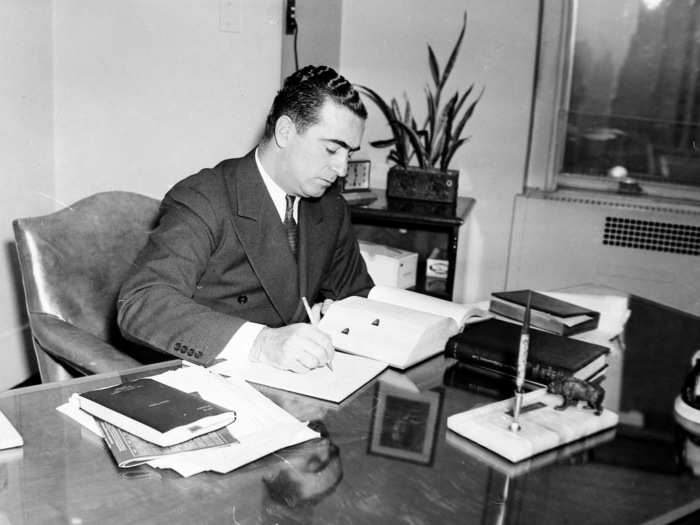
With his unusual aptitude, agility, language skills, and information-gathering experience, Berg became the OSS agent that Donovan designated to support the government's top-secret initiative to develop its first nuclear weapons, codenamed the Manhattan Project.
It was an undertaking so covert that Roosevelt supposedly didn't even tell then-Vice President Harry Truman about it.
Leading researchers and scientists, including Albert Einstein, briefed Berg, teaching him what they hoped would be sufficient background on atomic energy and their adversaries' efforts so Berg could collect vital information and assets from occupied Europe.
In 1944, Berg moved throughout war-ravaged Italy to track down important Italian scientists and documents in danger of falling into Hitler's hands.
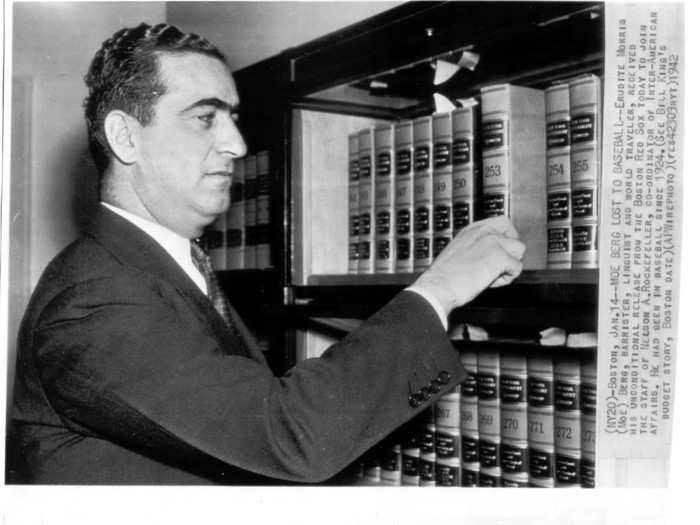
"I see Moe is still catching very well," Roosevelt said after learning Berg had located and extracted Italy's foremost expert in aerodynamics, Antonio Ferri.
Ferri had destroyed lab equipment that could help the Axis and gone into hiding in the mountains with a crate of scientific documents. He raised a resistance circuit carrying out guerilla operations to thwart the Axis and enable Allied air drops. Berg and Ferri connected and began parsing and translating the scientific documents.
With special permission from Roosevelt, Ferri entered the US with a suitcase and the crate of documents and was escorted to the nation's leading aeronautics research center, in Langley, Virginia.
As Manhattan Project scientists raced to develop the atomic bombs that America would drop on Hiroshima and Nagasaki in 1945, its leaders remained concerned with where Hitler stood with any similar efforts.
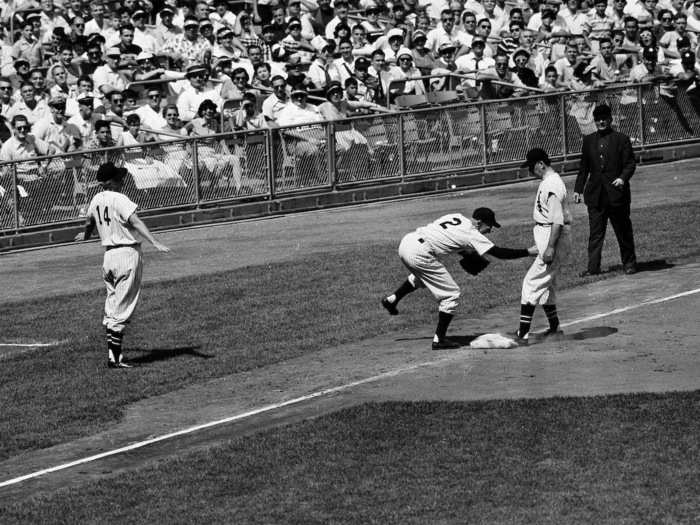
If the Axis powers were making progress, it would likely involve German nuclear physicist Werner Heisenberg, a Nobel Prize winner who remained in Germany during the war.
In December 1944, Berg was sent to neutral Switzerland for a conference at the University of Zurich with a pistol, a cyanide tablet, and a false identity as a Swiss physics student. His mission was to attend an intimate lecture that Heisenberg was giving at the conference.
If Heisenberg mentioned working on a nuclear bomb, Berg was to stand up and shoot Heisenberg point blank, with the understanding that this would also mean being killed himself.
Between the German language and the deeply technical physics terminology, Berg left the lecture unsure of what Heisenberg knew. He ended up complimenting Heisenberg on his talk and later insisting on escorting him to his hotel.
In the resulting report, which was read by Roosevelt, Berg determined that Heisenberg had low confidence in the German effort and that Hitler was at least two years behind the Manhattan Project.
Berg died in Belleville, New Jersey, in 1972 at the age of 70, after a fall at his home.
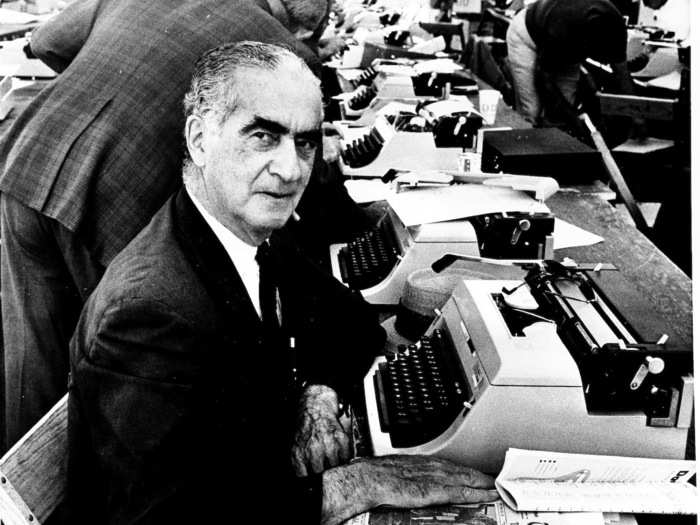
In 2018, House Speaker Paul Ryan and Minority Leader Nancy Pelosi awarded a Congressional Gold Medal to OSS personnel. The presentation of Congress's highest civilian honor marked the first collective recognition of the OSS, which President Harry Truman disbanded in 1945.
Truman formed the CIA in 1947 from the old OSS headquarters. While Donovan was not employed by America's post-war intelligence organization, many of his "Glorious Amateurs" were, and four would go on to hold the agency's top post.
A bronze statue of Donovan — and an OSS book of honor naming the 116 OSS members who were killed during World War II — are on display in the lobby of the CIA's current headquarters in Langley.
Berg declined the Medal of Freedom in 1946. He never married or had children. He led a nomadic existence, traveling and, in his later years, living with his sister, Ethel, in New Jersey.
Ethel Berg accepted his Medal of Honor after his death and donated it to the National Baseball Hall of Fame in Cooperstown New York, where it is on display, along with his catcher's mitt and passport.
Ethel took Berg's ashes to Israel, but to this day, no one knows where his remains are buried.
Popular Right Now
Popular Keywords
Advertisement